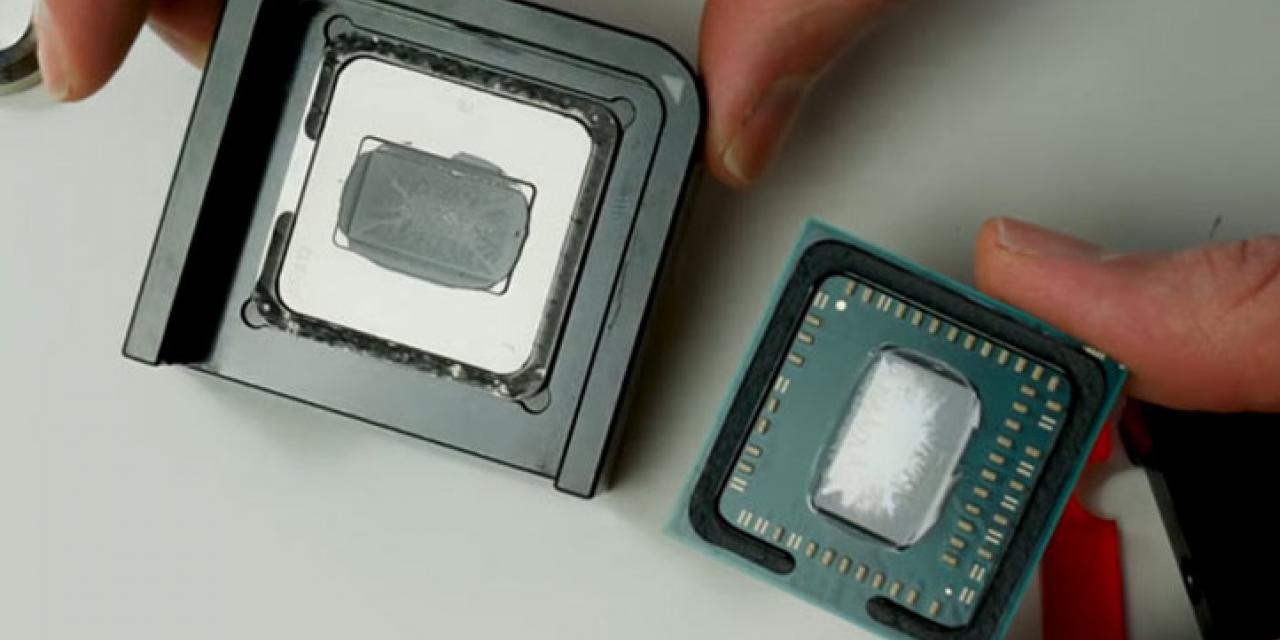
Although AMD's Raven Ridge APUs are a bit of a mixed bag -- the 2200G is great value for money, the 2400G not so much -- it turns out that you can have quite a dramatic effect on them if you go through the rather risky process of delidding them. You aren't going to get any sort of major overclocking benefits from doing so, but if you want to get a few extra megahertz, and more importantly bring the temperatures down by a noticeable amount, it's well worth your time.
Delidding a CPU isn't something that even quite high-level hardware enthusiasts try, because historically it has a high chance of damaging your hardware. It involves breaking the glue that holds your CPU's IHS, or internal heatsink, to the actual CPU die inside. Traditionally this involved a razerblade, but more modern techniques use bespoke hardware for the task.
The process for doing so has been detailed by veteran overclocking, Der8auer, who went through the whole thing on his YouTube channel:
In the video you can see him use his very own delidding tool, which you can buy yourself if you wish, to break the seal on the Raven Ridge 2400G. He replaced the AMD-applied TIM with liquid metal and when he replaced the lid, ended up with temperatures that were much improved.
On a stock-clocked 2400G, Der8auer managed to drop the temperatures from 65, to 53 degrees Celsius during a heavy Prime95 run. When the chip was overclocked to just shy of 4GHz, it cut temperatures from 79 degrees, down to 64 degrees.
The additional overclock made possible by this cooling was less than 50Mhz, so hardly worth it, but the temperature drop is significant for those who are building small-form-factor systems.








